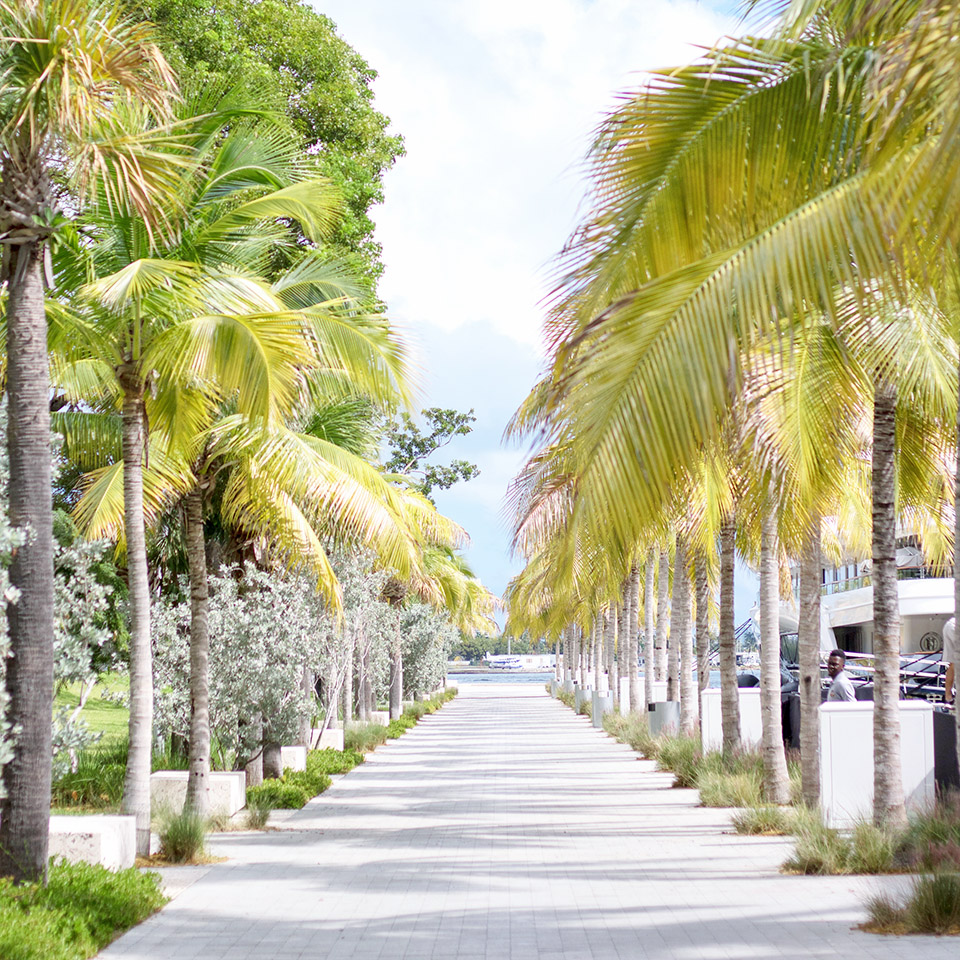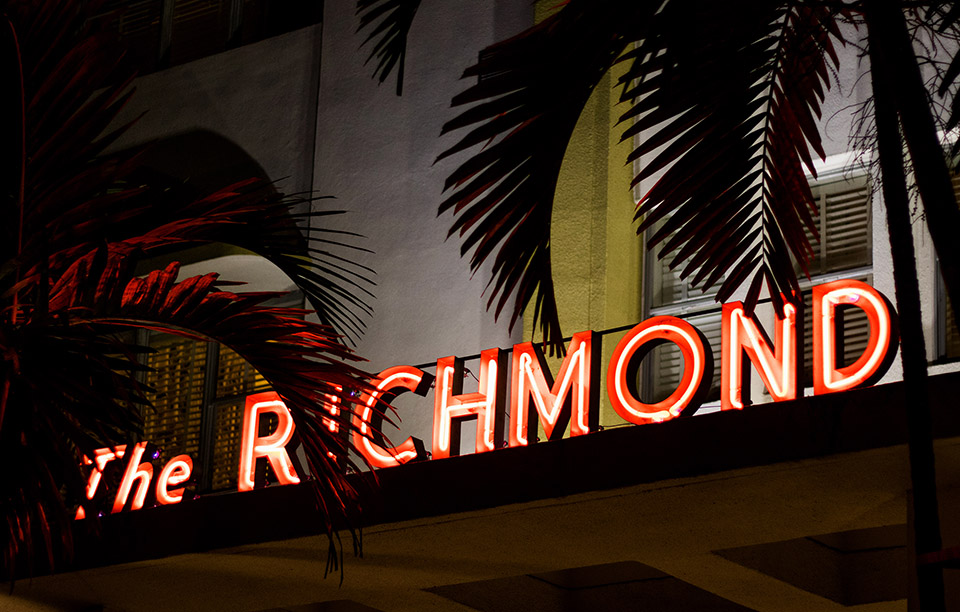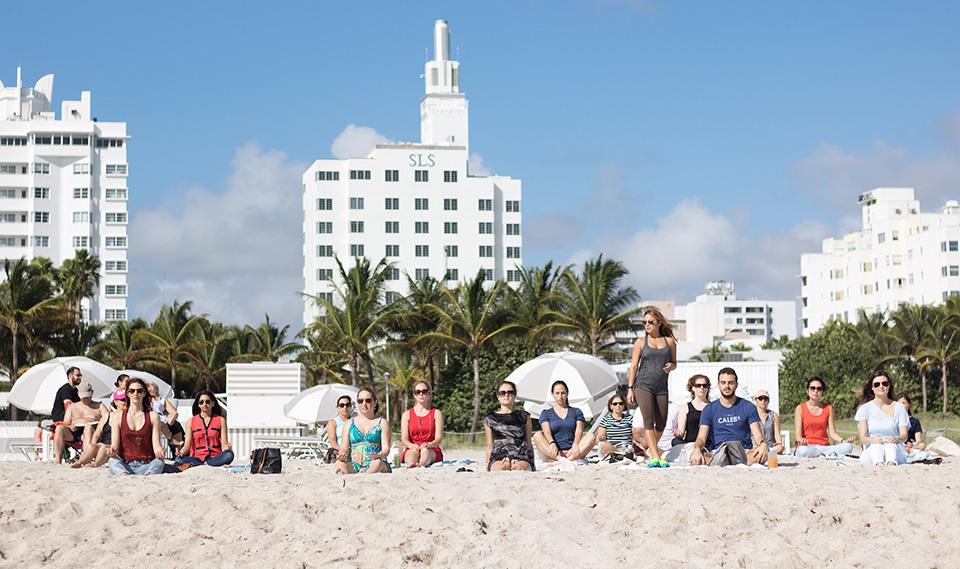The journey of photography is marked by many milestones. You may not remember your first photograph, but you’ll never forget your first DSLR. If you’re like me, that first DSLR changed the way you experienced the world around you — all while capturing memories in rich resolution. But what’s next? What’s the next step after you’ve gotten comfortable with your DSLR? It’s time to remove the kit lens that came with your camera and invest in a lens that can change everything — the venerable 50mm prime. To see just how flexible and impressive a 50mm lens can be, I traveled to Miami with a Canon EOS Rebel T6i DSLR camera and a Canon EF 50mm f/1.8 STM lens. I’ll show what can be achieved with a 50mm lens, and I’ll attempt to demystify what makes this focal length so special to so many photographers.
1. An Introduction to the 50mm Prime Lens
A 50mm prime lens — in this case, the Canon EF 50mm f/1.8 STM — is a bit of a magic bullet for growing photographers. It’s often the most affordable lens available for a beginner photographer, but it produces some of the finest image quality a lens can produce. It features a wide maximum aperture which allows for excellent low-light performance and firm control over selective focus. It’s compact and lightweight, making it ideal for travel or other situations where space comes at a premium. It does a bit of everything, and it does it at an accessible price point. The Canon EF 50mm f/1.8 STM lens sells direct from Canon for $125.99, making it a reasonable upgrade for just about any beginner or enthusiast photographer.
2. The Virtue of the 50mm Frame
With a 50mm lens, you can’t zoom in or out to frame up or shot. You have to “frame with your feet” by moving toward or away from the subject. While this may sound like a limitation at first, it teaches an important lesson about framing a photograph. As the photographer, only you know what exists beyond the corners of the frame. This allows you to remove context from a scene and imply your own story. A 50mm lens is a great tool to do that, by separating your subject from the environment around it. It drives you to be selective about what you place inside the frame, making you a more active participant than if it were a casual snapshot. It’s a lesson that can’t be explained, it can only be experienced. A walkabout with a 50mm lens is an instructive experience. You’re forced to think about position and perspective, and you begin to see photographs in places you’d normally overlook. Framing with a 50mm lens | Gallery View in gallery View in gallery View in gallery View in gallery View in gallery
3. The Importance of Wide-Apertures
Beyond the creative framing that a 50mm lens inspires, its wide apertures open other creative doors. The maximum aperture of the Canon EF 50mm f/1.8 STM lens allows for excellent low-light performance and the ability to be selective about focus. Both are essential to professional photographers, but they should be just as important to serious enthusiasts. Prime lenses like the Canon EF 50mm f/1.8 STM lens have wider apertures than just about any zoom lens a photographer could use. These wide apertures let in a lot more light than a conventional zoom, which can be huge for low-light scenes. A wide aperture also means a shallow depth of field, a phenomenon that provides smooth background blur around a crisp subject. It can’t be understated just how important this “shallow depth of field” is to a photographer. It’s a look you can’t get on a smartphone, and it’s championed by a 50mm lens. This smooth background blur isn’t just stuff we photographers love. It’s noticed by everyone with a set of eyes as the mark of a professional. The Importance of Wide Apertures | Gallery View in gallery View in gallery View in gallery View in gallery View in gallery
4. The Travel-Friendly Size, Weight, and Cost
Travelers don’t usually have the luxury of adding much weight to their luggage. The Canon EF 50mm f/1.8 STM lens weighs roughly a third of a pound, and it measures only an inch and a half in length. This makes a 50mm lens like the Canon EF 50mm f/1.8 STM an ideal option for travel. Additionally, there’s the price factor. Compared to nearly every other lens available, 50mm lenses like the Canon EF 50mm f/1.8 STM are among the most accessible lenses on the market.
5. The Promise of a 50mm Lens
One of the first milestones for a new photographer is the graduation from a smartphone to a DSLR. The next step is to explore the virtue of a prime lens, and the 50mm lens is the ideal starting point. It forces a photographer to frame shots with creative intent. It creates smooth background blur that separates the subject from the environment. It excels in low-light scenarios. Last, it’s among the most affordable lenses that money can buy. Personally, I’ll never forget my first DSLR. I doubt you will either. While I’ve collected many lenses during my career as a photographer, I’ll never forget my first prime lens either. Looking back, I can pinpoint it as the moment where things truly began to change for my vision as a photographer. This post was brought to you by Canon. Discover more great travel tips and tricks here. Seamus Payne is a design publisher, documentary filmmaker and commercial photographer specializing in architecture, food and editorial photography. Seamus produces commercial images for clients including Chase Bank, Marriott Hotels, Lennar Homes, PDQ Restaurants and more. Come say hi to Seamus on Instagram, and check out more shots from his 50mm experience in Miami.
Exploring the 50mm Lens | Gallery











































































